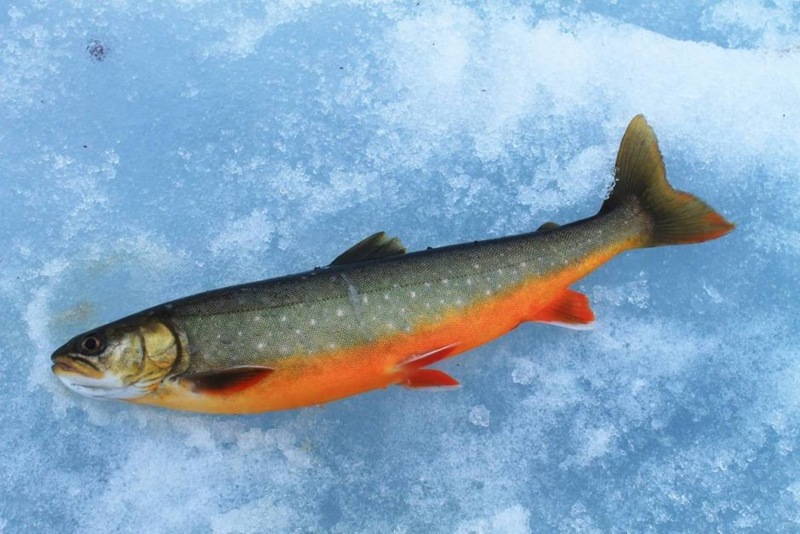Experts from Vitus Bering Kamchatka State University, who study the unique ichthyofauna of Lake Nachikinsky, report that the condition of the relict Arctic char, also known as Tarant char, which is recognized as the most vulnerable inhabitant of this reservoir, is of particular concern.

The history of this species goes back to the distant past: its ancestors migrated to Kamchatka from the north during the Late Pleistocene. The change in climatic conditions has led to the fact that the Arctic char has lost its ability to migrate, having been trapped in Lake Nachikinsky for thousands of years. This population represents a unique natural heritage, being the southernmost point (52.6° N) of the Arctic char distribution on the planet, a living testimony to past climatic epochs and a reminder of the fragility of such isolated ecosystems in the face of anthropogenic pressure, including climate change and pollution.
The biological features of the Nachikinsky char make it particularly vulnerable to external threats. It is a predatory fish with a very slow life cycle: sexual maturity occurs only by the age of 6-7. Adults, whose diet includes sockeye salmon juveniles, grow faster, but the long journey to maturity and reproduction puts the population at risk at the slightest disturbance of the ecological balance. Studies from 2024-2025 confirm the longevity of the species: scientists record the capture of the real “patriarchs” of the lake weighing 3.6-4.3 kg, whose age exceeds 18 years – this underlines how valuable each adult individual is and how easy it is to destroy the age structure of the population.
Reproduction of the unique char occurs infrequently – only once every two or three years, usually in October, when the fish acquire a bright breeding color of orange and red tones. Such a low spawning frequency makes the population extremely sensitive to any withdrawal, especially uncontrolled fishing, which can quickly undermine its numbers. It was this natural vulnerability, aggravated by anthropogenic impact, that caused the Arctic char to be included in the Red Book of the Kamchatka Territory as an endemic in need of strict protection and careful treatment by humans.